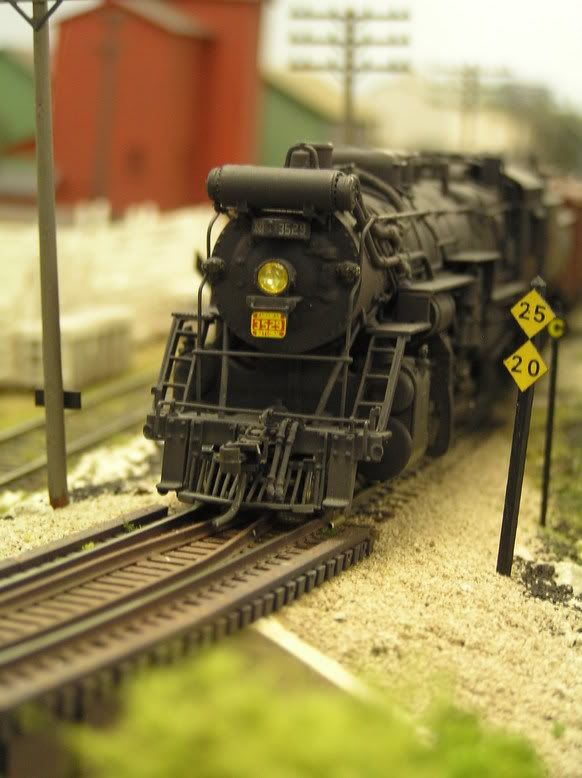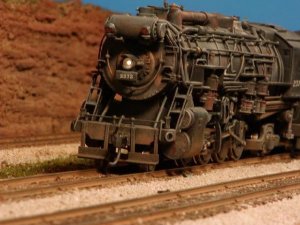Bernhard, you are correct: the H-10 was an attempt to utilize many of the improvements that were later used to create true Super Power. The first H-10, No. 8000, was built by Lima for the Michigan Central subsidiary of the NYC, in 1922. Compared to a similarly sized H-7e Mikado, the 8000 produced 15 to 28 percent greater drawbar horsepower at all speeds above 15mph, while consuming the same amount of coal and less water. The firebox of the H-10, while the same length as that of the H-7e, was wider and the H-10 used the more efficient type E superheater. Not only was the type E more efficient, it allowed a rearrangement of the flues which increased the net gas area of the boiler. The increased grate area and net gas area taken together accounted for 10% of the performance difference. The H-10's boiler pressure was 210 psi, 10 psi higher than that of the H-7e, and this increased pressure, along with the more efficient superheater, contributed another 6% increase in power. No. 8000 was also equipped with an Elesco fwh, which accounted for another 8% of the performance difference. Finally, there was a gain in performance of about 2% by using superheated steam to run the appliances, like the stoker, generator, and air pumps. All of these improvements could have been added to almost any reasonably modern locomotive of the era.
Another important feature of the 8000, although it didn't increase horsepower, was the use of a booster on the trailing truck. The use of the booster at low speeds allowed a 2-8-2 to have the starting tractive effort of a 2-10-0 by using excess steam not required by the cylinders at that speed.
In 1924, Lima built, on speculation, the A-1 demonstrator, and in early 1925 it ran in a series of tests through the Berkshire Hills of NYC subsidiary Boston & Albany. The A-1 bettered the drawbar horsepower of an H-10 by 26 to 30% at all speeds, and, as a result, the B&A ordered 55 copies, dubbing them Berkshires. All of this information is taken from the May and June 2000 issues of Trains Magazine.
Wayne












 :thumb:
:thumb:
